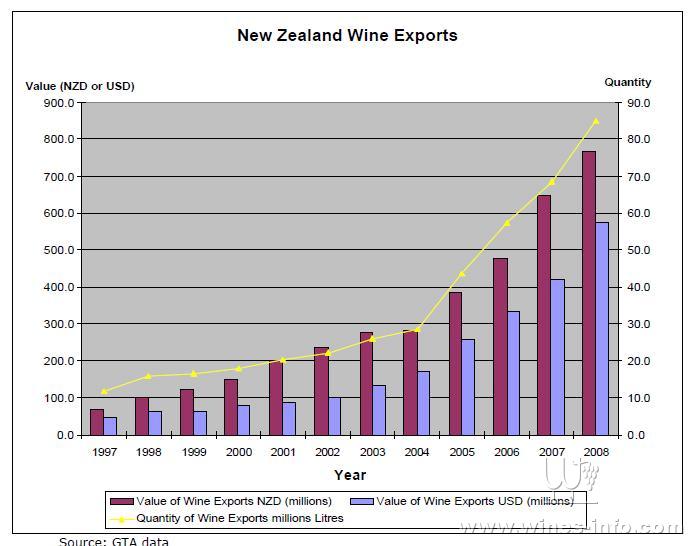

With its strategic location at the entrance to the Øresund, especially after the construction of Kronborg Castle and the introduction of Sound Dues, Helsingør would later develop into the most important town and seaport outside Copenhagen. Other important religious centres prior to the Reformation were Sorø Abbey at Sprø and Esrom Abbey at Rsrum. Ringsted and later Roskilde were the first important political and religious centres on the island, a role later taken over by Copenhagen. Prior to the adoption of the Jutlandic, Zealandic and the Scanian laws, there had been no uniformity of laws throughout settlements in Denmark.
#NEW ZEALAND EXPORTER CODE#
Valdemar's Zealandic Law governed was a civil code enacted in the 13th century. The remaining Jutish population in Jutland assimilated in with the settling Danes.

They were later absorbed or ethnically cleansed by the invading Angles and Saxons, who formed the Anglo-Saxons. The Jutes migrated to Great Britain eventually, some as mercenaries of Brythonic King Vortigern, and were granted the south-eastern territories of Kent, the Isle of Wight and other areas, where they settled. Historians believe that before their arrival, most of Jutland and the nearest islands were settled by tribal Jutes. The tribal Danes came from Zealand and Scania and spoke an early form of North Germanic. Unlike the Danish island, the Pacific nation of New Zealand is named after the Dutch province of Zeeland. These forms might be based on the assumption that the first part means sea or lake (German See), or they could simply be based on an alternative Danish form of the name, Sælland, which was common until the 19th century. The English form may be borrowed from the German form Seeland. Since Roskilde is a major and ancient settlement on Zealand, accessible by sea through the narrow Roskilde Fjord (branched from the Isefjord), it has been assumed that the sailors named the island after this. The word * selha- may have two different meanings: "seal" (in modern Danish sæl) or "deep bay, fjord". However, today a common hypothesis is that the Old Danish form Siâland is based on the word * selha- with the ending * wundia. A derivation from siô / sæ (meaning "lake" or "sea") has been assumed. Sjæl in modern Danish means "soul", but this interpretation can be excluded. The origin of the Danish name Sjælland is not exactly known. Other cities on Zealand include Roskilde, Hillerød, Næstved, Helsingør, Slagelse, Køge, Holbæk and Kalundborg.Īdministratively, Zealand is divided between two Danish regions: The Copenhagen metropolitan area and North Zealand belong to the Capital Region, while the major and more rural part of the island belongs to the Zealand Region. In the south, the Storstrøm Bridge and the Farø Bridges connect it to Falster, and beyond that island to Lolland, from where the Fehmarnbelt Tunnel to Germany is planned.Ĭopenhagen, the capital of Denmark, with a population between 1.3 and 1.4 million people in 2020, is located mostly on the eastern shore of Zealand and partly on the island of Amager. Indirectly, through the island of Amager and the Øresund Bridge, it is also linked to Scania in Sweden. It is connected to Sprogø and Funen by the Great Belt Fixed Link and to Amager by several bridges in Copenhagen. It is the 13th-largest island in Europe by area and the 4th most populous. Zealand had a population of 2,319,705 on 1 January 2020. Zealand ( Danish: Sjælland ) at 7,031 km 2 is the largest and most populous island in Denmark proper (thus excluding Greenland and Disko Island, which are larger in size). Capital Region of Denmark, Region Zealand


 0 kommentar(er)
0 kommentar(er)
